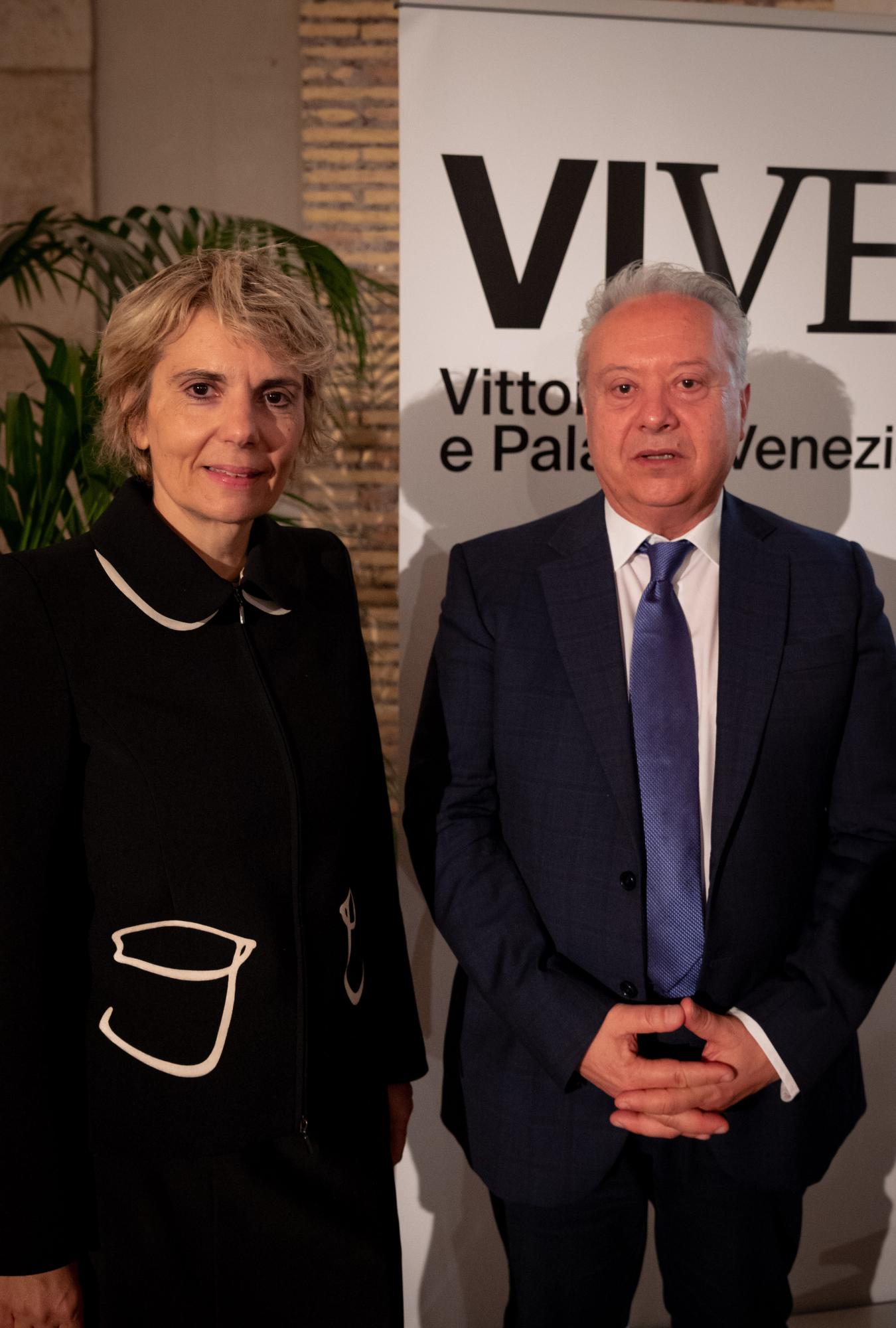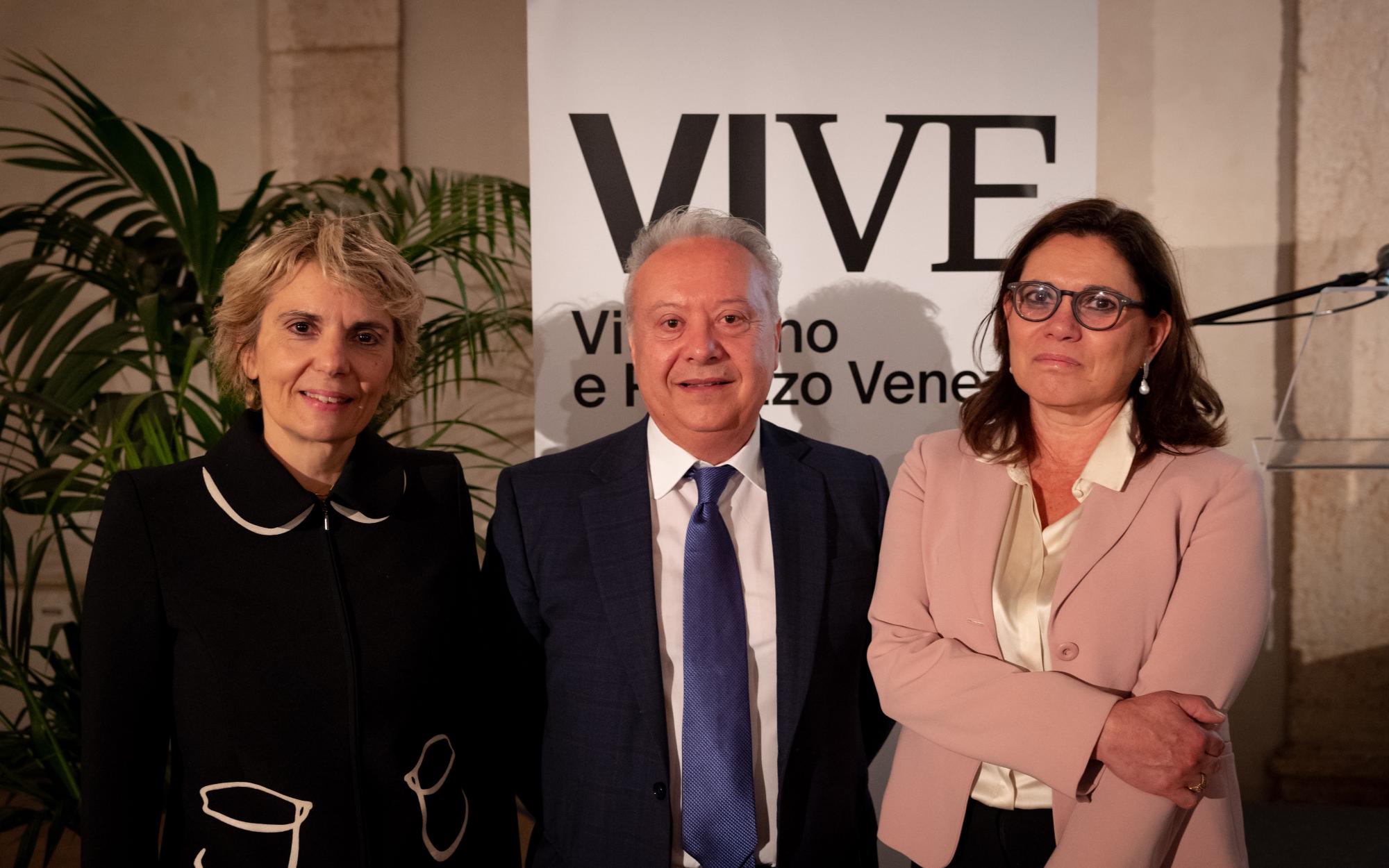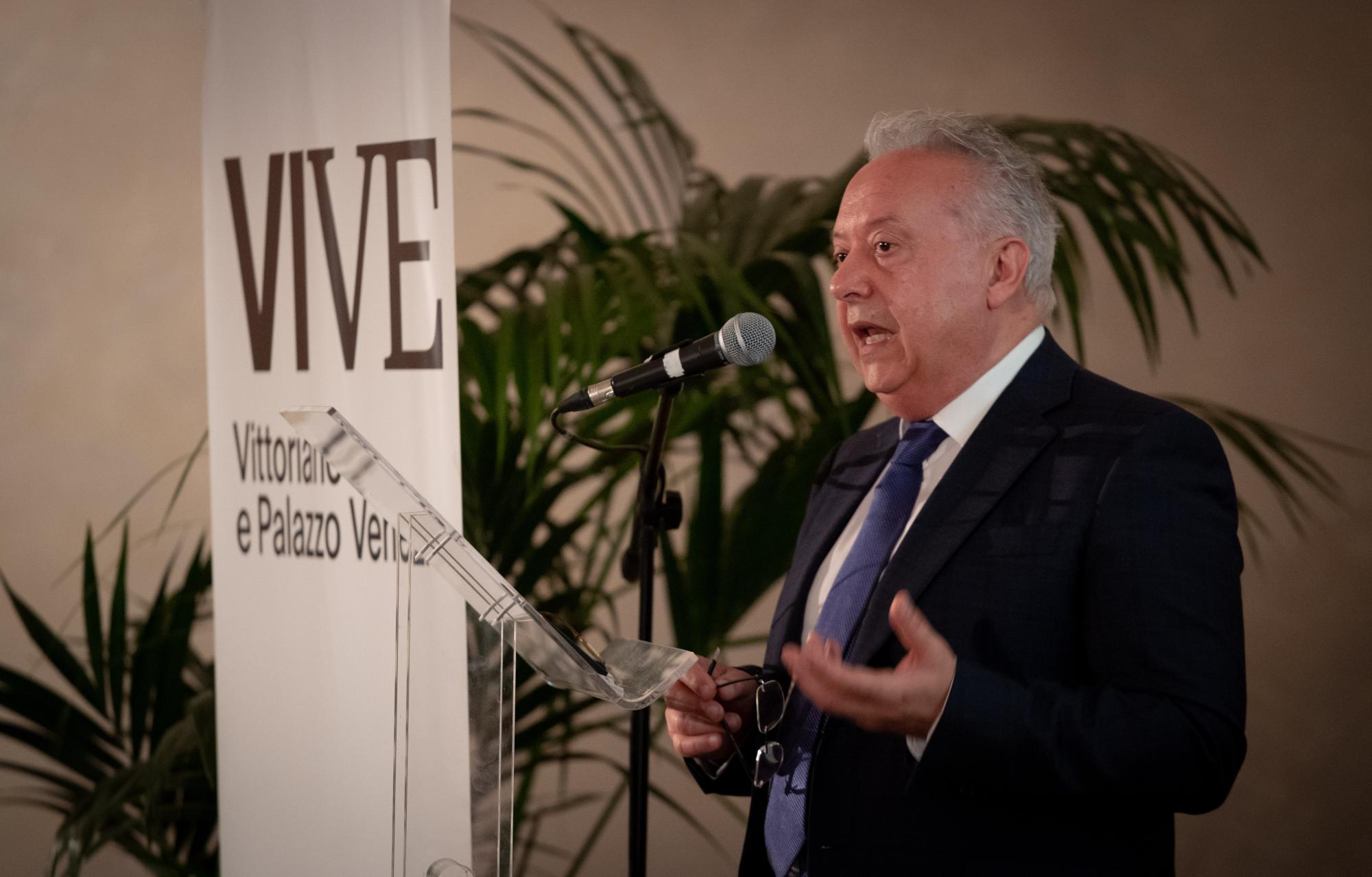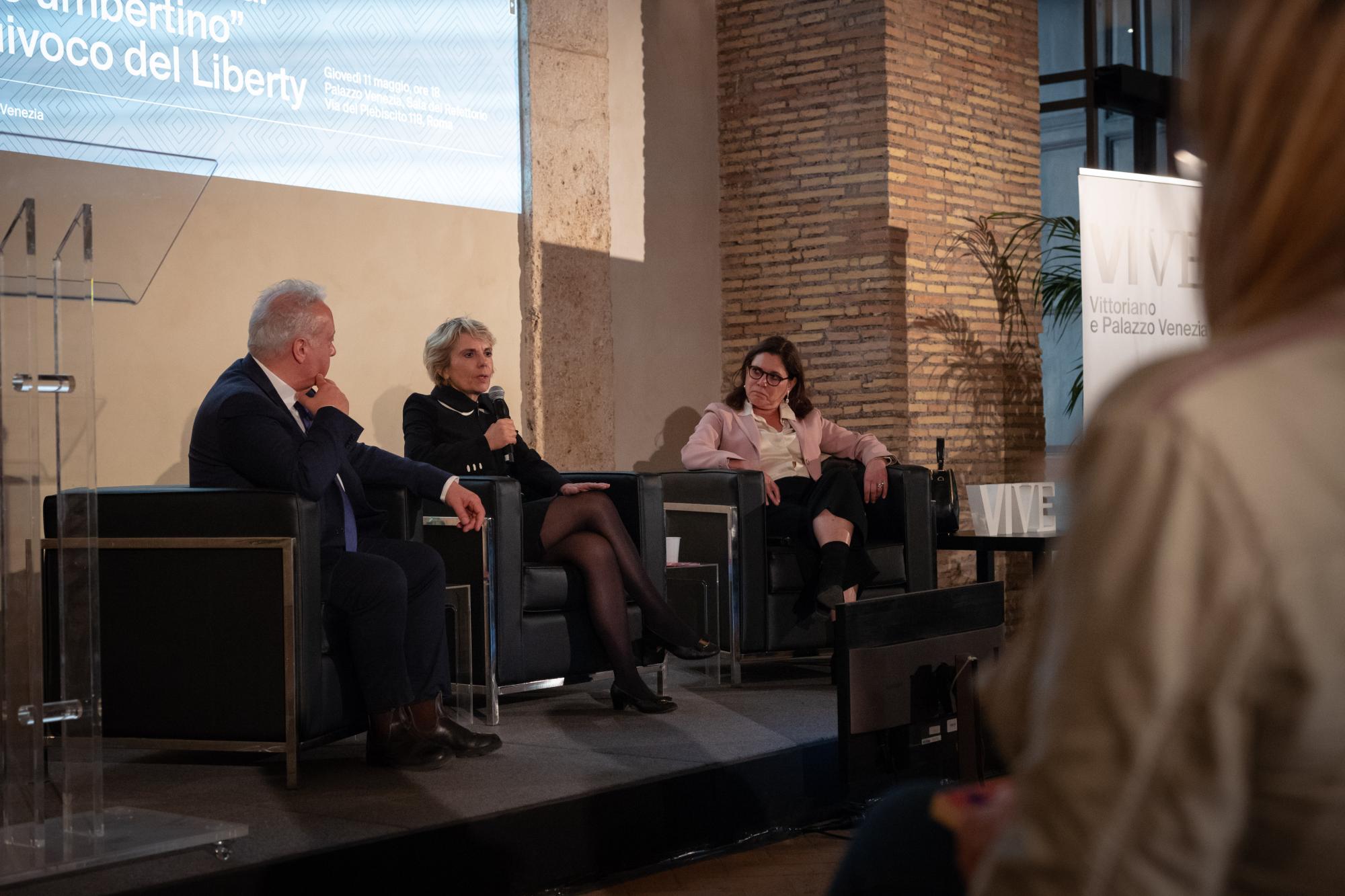SERIES: From VIVE to the city. The history of art in Rome in the 15th-20th centuries - Under the aegis of Silvia Ginzburg, professor of the History of Modern Art, Università di Roma Tre
SPEAKER: Valerio Terraroli
DATE: Thursday 11 May, 6 pm
PLACE: Palazzo Venezia, Sala del Refettorio
The monument honouring Vittorio Emanuele II, also known as the Vittoriano, symbolises the period when Rome became the modern capital and was characterised by the “Umbertino” style, an eclecticism marked by modernist features as seen in the Aula of Montecitorio, the Aula of the Senato, Palazzo di Giustizia, Palazzo delle Esposizioni, Galleria Sciarra and the home of the Galleria Nazionale d'Arte Moderna, to name but a few. In 1911, after the inauguration of the Altare della Patria and the exhibition celebrating the 50th anniversary of the reign, it acquired more openly Liberty features without ever being organically so, as occurred in certain villas and private residences, hence the talk of the ambivalence of Liberty style in the art and architecture of Rome between 1885 and 1911.















